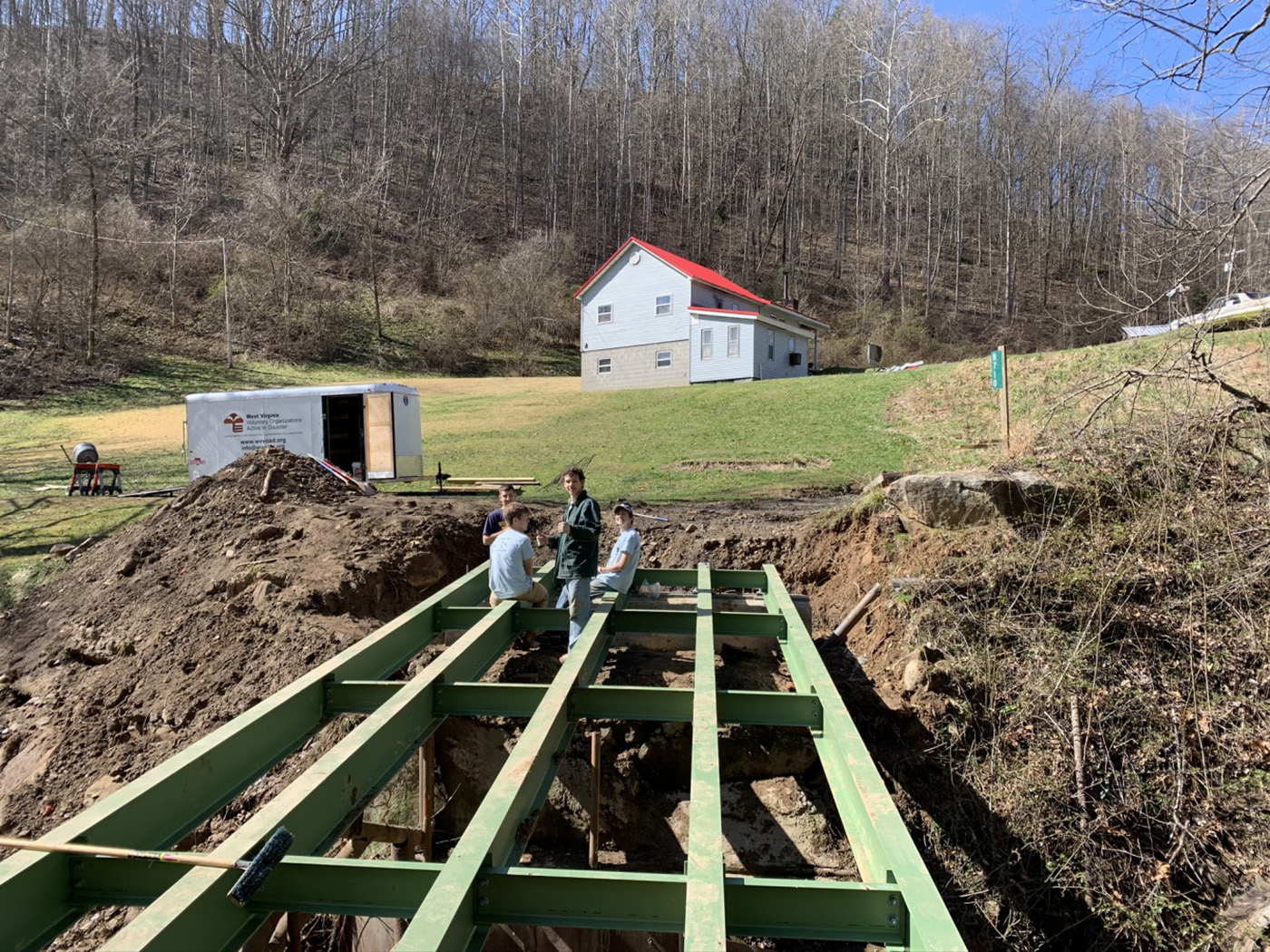Open the door to any civil or environmental engineering lab at Duke and you’ll find students working to improve sanitation, mitigate air pollution, or build earthquake early detection networks, among many other aspirational projects.
“Students become engineers because we want to see things working in the real world as we imagine them in our minds,” said Professor of the Practice David Schaad, who teaches the popular “Engineering Sustainable Design and the Global Community” course, cross-listed with public policy and environmental science, each spring. A number of students, including those who belong to Duke Engineers for International Development (DEID), enroll in this course and spend the semester designing projects like bridges, clinics and water catchment systems over the course of the semester. In the summer, some of them travel and live abroad, working with engineers in a host community to revise and implement their designs.





